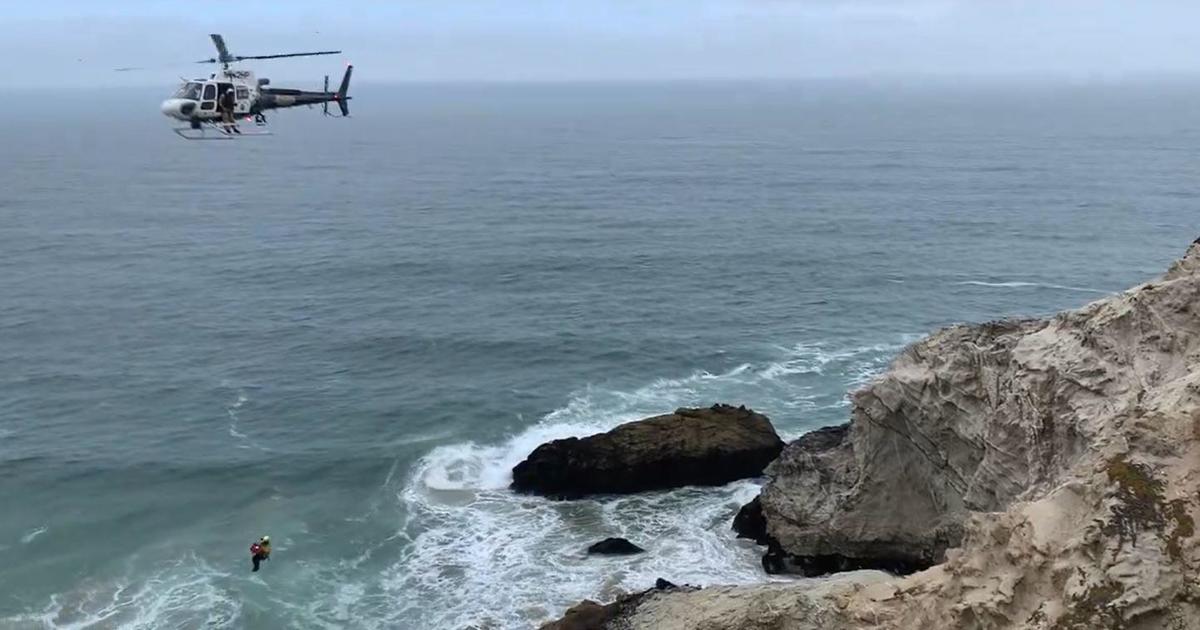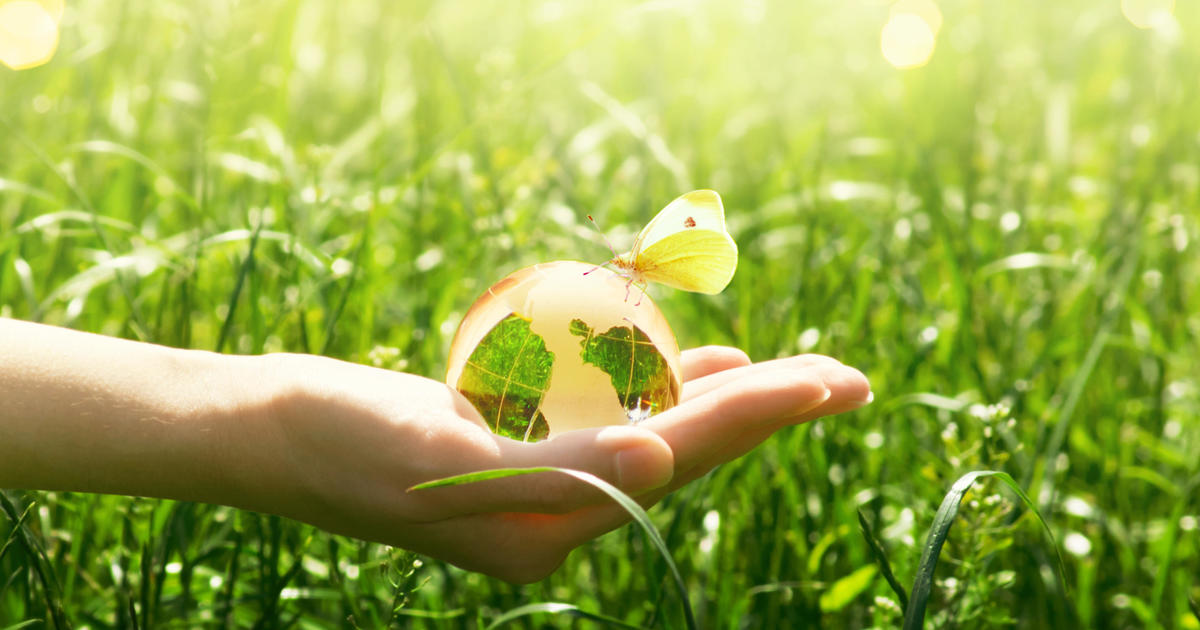Tiny Plastic Pellets Posing Environmental Hazard On Bay Area Beaches
MONTEREY BAY (CBS SF) -- Tiny plastic pellets are washing ashore on beaches across Bay Area coastlines in increasing numbers, creating a major hazard for sea life according to one group of concerned environmentalists.
The plastic bits are especially an issue along the coast between Santa Cruz and Moss Landing.
It only takes a few minutes of beach combing to find what some are calling the newest environmental threat on Monterey Bay beaches.
The plastic pellets called nurdles may be tiny, but they're becoming a big problem.
"Nurdles is a first for us," said Ryan Kallabis of the organization Save Our Shores. "People probably mistake them for a pebble, a grain of sand or something they don't think is human made. We first found them in the Pajaro area last December. And since then they have been showing up all over the Monterey Bay."
Nurdles are the raw material that manufacturers use to make any kind of plastic product. Billions and billions of them are shipped all over the world.
But when they get loose in the wild, birds, fish and animals frequently mistake them for tasty morsels.
"They look like fish eggs, but they're absorbent and attract chemicals," explained Kallabis. "So when animals eat these they can't digest them, and they're also leeching these deadly chemicals and as they go up the food chain, they get eaten by the bigger fish. It can end up on our plates and in our stomachs."
Watsonville resident Angel Rocha-Terreros and his son never heard of nurdles before. They didn't notice any when they walked the beach, but they said there was plenty of other trash that's been washing up this year.
"It's sad because you can't really enjoy yourself when you come to the beach," said Rocha-Terreros. "It's really affecting our marine life and also ourselves."
The nurdles probably came from a container ship spill and were pushed on shore by El Niño currents.
Save Our Shores says it is launching a sort of crime scene investigation to solve the mystery of where they came from.
"We're going to take those nurdles and back-engineer them with a chemical company we're partnering with to figure out where they are coming from," said Kallabis. "We can figure out with their chemical properties if they are coming from overseas or are local and pinpoint the source and maybe where the spill is coming from."



